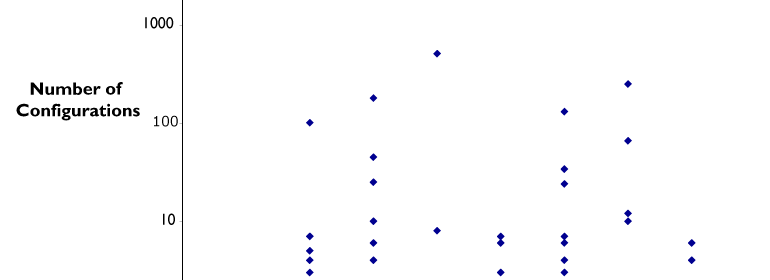Reconfigurable systems are able to meet the increasingly diverse needs of consumers. A reconfigurable system is able to change its configuration repeatedly and reversibly to match the customer’s needs or the surrounding environment, allowing the system to meet multiple requirements. In this paper, a large sample of reconfigurable products was collected and studied in order to obtain a better understanding of reconfigurable products as a whole. The sample of products was broken down with respect to area of reconfigurability, reconfiguration process utilized, incorporation of adjustability and sizing, number of configurations, and size of the product, while trying to identify any distinguishing characteristics or trends. The main properties identified were the areas in which reconfigurability has been applied to products, the relationship between how a product reconfigures and the number of configurations in the product, and the four means by which products with multiple configurations reconfigure. This is an extension of previous work wherein only three methods of reconfiguration were identified. Several example products demonstrate that the previously identified methods were not inclusive and the necessity of the fourth reconfiguration mode. The value of this approach is demonstrated through two example products to show how they can be utilized in the development of new reconfigurable products.

